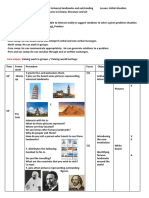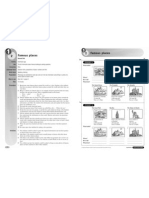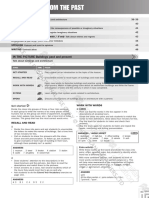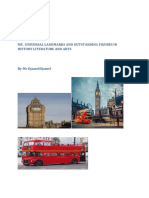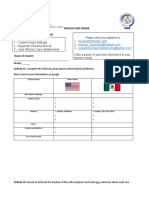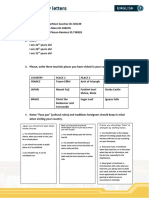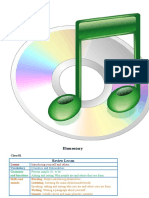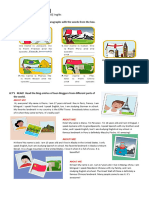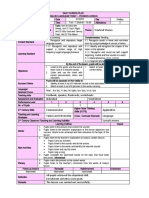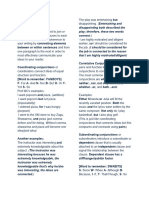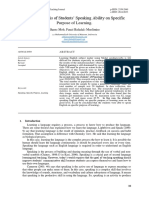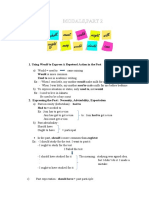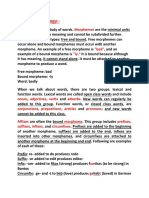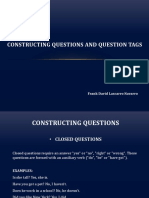0% found this document useful (0 votes)
8 views12 pagesUnit Plan 3 1
This document outlines a unit plan for a 7th-grade English class focused on countries and nationalities using backward design planning. It includes lesson objectives, assessment methods, and detailed lesson procedures covering topics such as WH-questions, prepositions, and currency. The plan emphasizes interactive activities like role plays, games, and presentations to enhance student engagement and understanding.
Uploaded by
vilherminofrancesCopyright
© © All Rights Reserved
We take content rights seriously. If you suspect this is your content, claim it here.
Available Formats
Download as DOCX, PDF, TXT or read online on Scribd
0% found this document useful (0 votes)
8 views12 pagesUnit Plan 3 1
This document outlines a unit plan for a 7th-grade English class focused on countries and nationalities using backward design planning. It includes lesson objectives, assessment methods, and detailed lesson procedures covering topics such as WH-questions, prepositions, and currency. The plan emphasizes interactive activities like role plays, games, and presentations to enhance student engagement and understanding.
Uploaded by
vilherminofrancesCopyright
© © All Rights Reserved
We take content rights seriously. If you suspect this is your content, claim it here.
Available Formats
Download as DOCX, PDF, TXT or read online on Scribd
/ 12



















